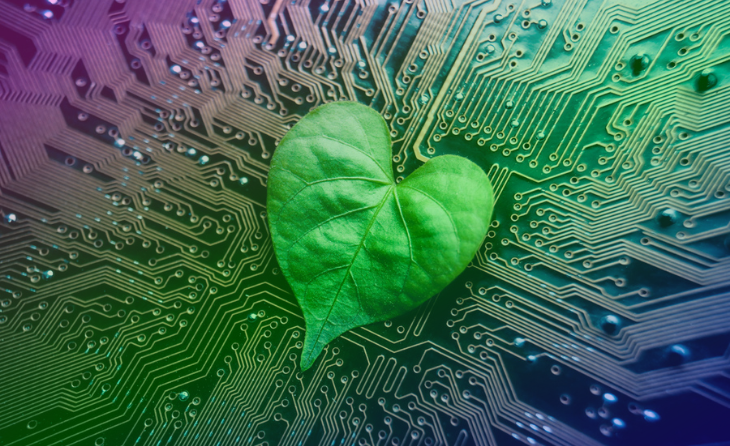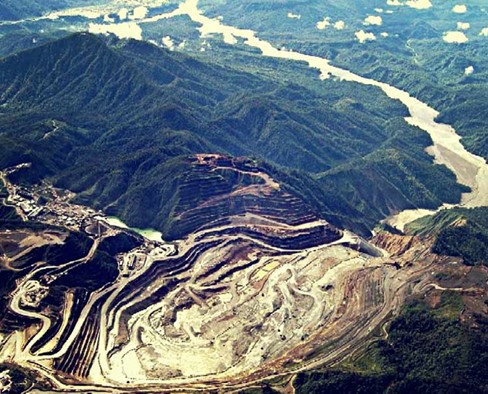
We asked Mimi Moll, IT & Telecoms Sustainability Lead at our partner N2S, to explain why responsible IT equipment disposal is so important.
Q. We all want to reduce landfill as much as possible, but is IT equipment particularly bad?
Yes it is – a single printed circuit board can contain up to 60-70% of the elements in the periodic table, many of which are toxic when allowed to degrade in landfill. Sadly we have historic landfills where exactly this is happening and these could pose a health risk to people and the environment as the toxic waste escapes into the surrounding air, water, soil, and vegetation. There is also a lot of plastic, some of which contains persistent organic pollutants (POPs). The Environment Agency has a strategy to remove POPs from the supply chain by only allowing “energy from waste” as a disposal method and so it is important to have a trusted partner with a fully-audited supply chain for your IT recycling.
Q. What are the benefits of responsible recycling, to the planet?
We talked above about the toxicity, but these materials are also valuable resources that use a lot of water and carbon in their extraction from the earth. 7% of the world’s gold is thought to currently lie in e-waste, a third of a printed circuit board is copper. Sadly, third world mining operations continue to present varying degrees of hazard to the health and well-being of those working in and living around the mines. I often call our facilities an ‘urban mine’ as we are not digging into the earth and therefore helping to protect biodiversity by negating the need to further mine for raw materials as well as avoiding carbon and helping to reach #NetZero. Below you can see the deforestation and toxic landscape of a copper mine in Papua New Guinea:

Q. What are the benefits of responsible recycling, to a business?
Responsible “recycling” means advocating the EU waste hierarchy and a more circular economy – building into procurement the reuse of devices whether that is cascading them internally or reselling them to release residual values and extending the lifespan. Of course, for any devices to be re-used or sold, it is imperative that security is also key – it sits hand in hand with sustainability as methods of data destruction (shredding or sanitisation of hard disk drives [HDD]) can either support or hinder reuse and resale. Sanitisation enables the equipment to be resold with maximum value where removing HDD to shred them does not.
Here is some further information and reading, that I recommend:
https://ellenmacarthurfoundation.org/circular-economy-diagram
About Mimi Moll
Mimi is IT & Telecoms Sustainability Lead at N2S. She joined the organisation three years ago after meeting the founder Jack Gomarsall and learning of the innovative work they were doing. A passionate advocate for the environment in both work and personal life, Mimi has been instrumental in positioning N2S as an industry leader in sustainable technology solutions.